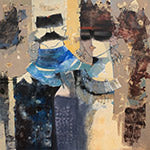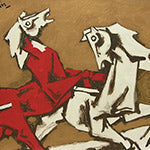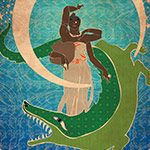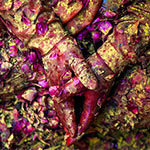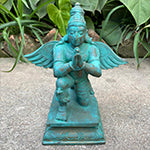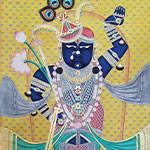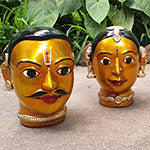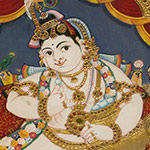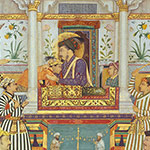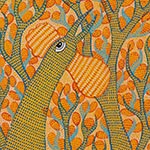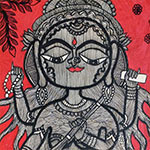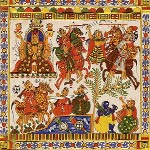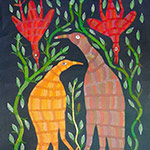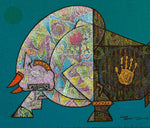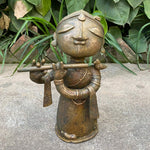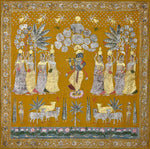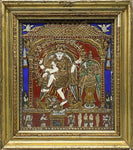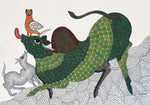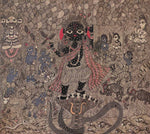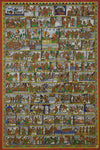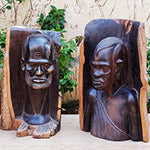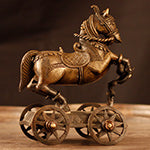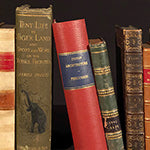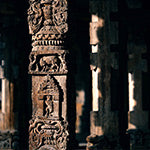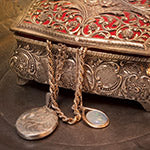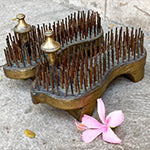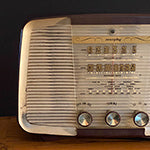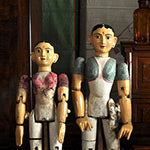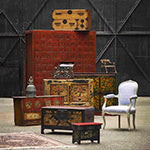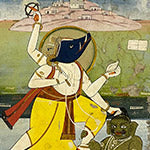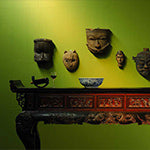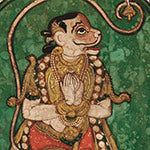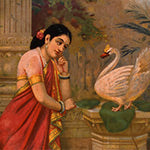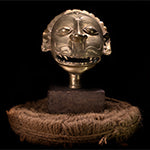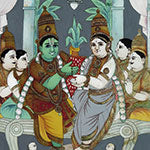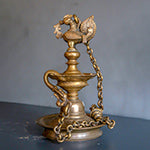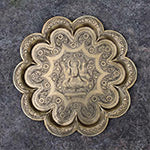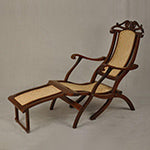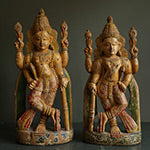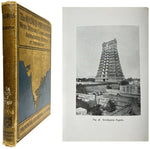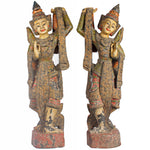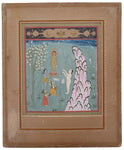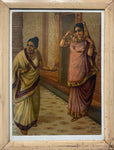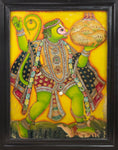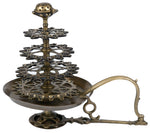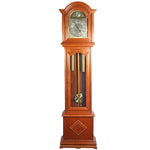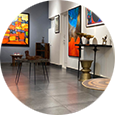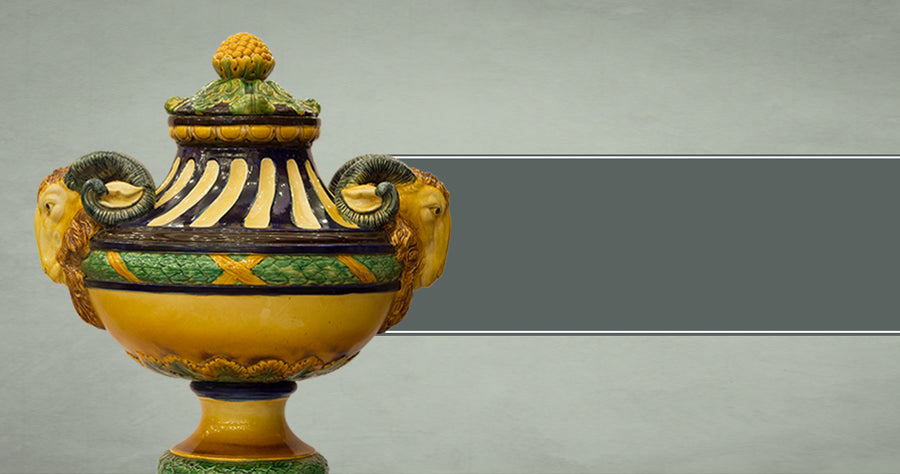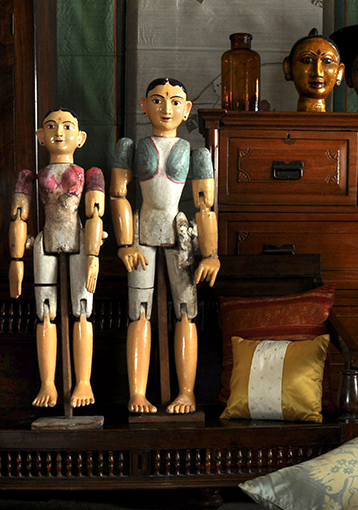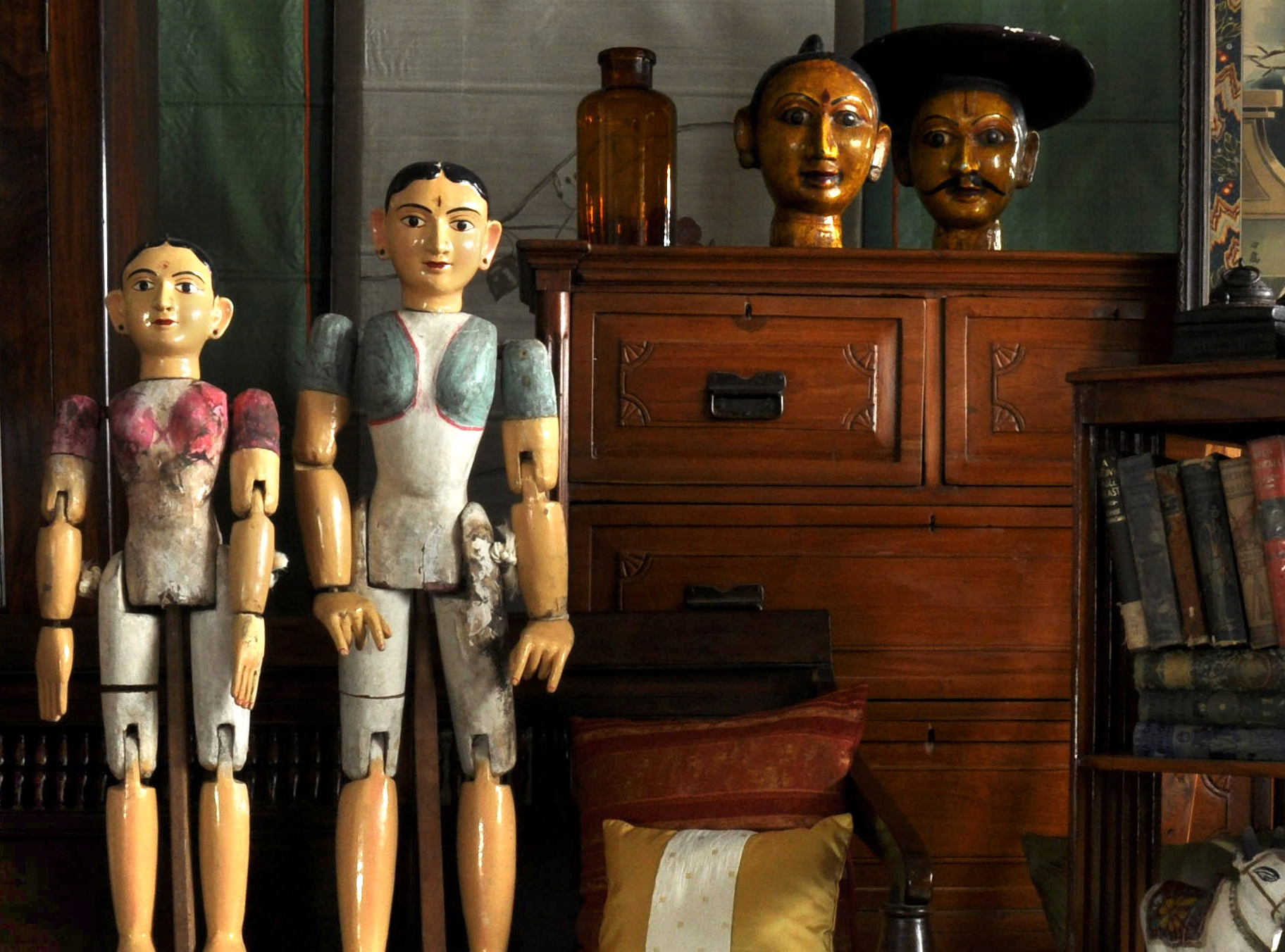Experiencing Colonial India Through the Lens of Bourne & Shepherd
Creators And CollectorsFrom portraits of stately Kings, Queens and nobility, bejewelled in riches and splendour, to the aesthetic immortalising of Indian architecture and scenery on a single frame, one of the world’s oldest photography studios, Bourne & Shepherd, captured an unembellished imperial India for 176 years.
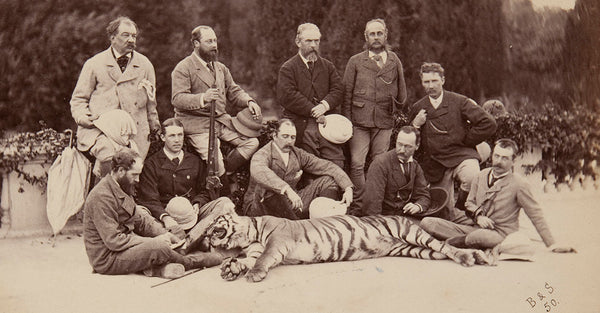 (A Bourne & Shepherd photograph of the Prince of Wales posing with members of his hunting party and the tiger he killed during a tour of India, 1875. Image source: hyperallergic.com)
(A Bourne & Shepherd photograph of the Prince of Wales posing with members of his hunting party and the tiger he killed during a tour of India, 1875. Image source: hyperallergic.com)
Initially a partnership between three established European photographers – William Howard, Samuel Bourne and Charles Shepherd, the ‘Howard, Bourne & Shepherd’ studio was set up in Shimla in 1863. It was in 1866, after the departure of William Howard, that the studio received its iconic name, ‘Bourne & Shepherd’.
 (Left: Samuel Bourne; Right: Charles Shepherd)
(Left: Samuel Bourne; Right: Charles Shepherd)
 (The Great Arch and the Iron Pillar at the Qutub Minar, Delhi, c. 1860, Samuel Bourne. Image source: Tasveer)
(The Great Arch and the Iron Pillar at the Qutub Minar, Delhi, c. 1860, Samuel Bourne. Image source: Tasveer)
 (Charles Shepherd's photograph of the last Mughal emperor Bahadur Shah Zafar II in 1858. This is possibly the only photograph ever taken of a Mughal emperor)
(Charles Shepherd's photograph of the last Mughal emperor Bahadur Shah Zafar II in 1858. This is possibly the only photograph ever taken of a Mughal emperor)
With agencies all over India, outlets in London and Paris, and a highly-popular mail-order service, Bourne & Shepherd was, at its peak, the most successful commercial firm in 19th and early 20th century India.
 (An advertisement for the Bombay branch of the Bourne & Shepherd studio in 1875. Image source: ibgnews.com)
(An advertisement for the Bombay branch of the Bourne & Shepherd studio in 1875. Image source: ibgnews.com)
The firm operated portrait studios in Shimla, Kolkata and Bombay, and its clients included the cream of society at the time, including the Viceroy of India, Indian Maharajas and Maharanis, and British Lords and Ladies. Distinguished members of India’s art and literary society such as Rabindranath Tagore, Satyajit Ray and Rudyard Kipling were loyal clients of the studio as well.
 (Bourne & Shepherd's portraits: Left - Maharaja Ram Singh of Jaipur (1877); Right: Maharana Sajjan Singh of Udaipur. Image source: Tasveer)
(Bourne & Shepherd's portraits: Left - Maharaja Ram Singh of Jaipur (1877); Right: Maharana Sajjan Singh of Udaipur. Image source: Tasveer)
 (Photographic Postcard Portrait of Rudyard Kipling, 1892)
(Photographic Postcard Portrait of Rudyard Kipling, 1892)
 (Viceroy's Executive Council and Secretaries, Shimla, 1864. Image source: thewire.in)
(Viceroy's Executive Council and Secretaries, Shimla, 1864. Image source: thewire.in)
While the portrait studio did roaring business, Bourne and Shepherd also contributed personally to the studio’s expansive repertoire. Bourne undertook three ambitious photographic expeditions, which culminated into approximately 2,200 images of the landscape and architecture of India and the Himalayas.
 (The loop on the Darjeeling Himalayan Railway, 1880. Image source: Tasveer)
(The loop on the Darjeeling Himalayan Railway, 1880. Image source: Tasveer)
 (Haridwar from the opposite bank of the Ganges, 1866, Samuel Bourne)
(Haridwar from the opposite bank of the Ganges, 1866, Samuel Bourne)
Known to travel heavy, Bourne reached the remotest areas of the Himalayas with a large entourage of 42 coolies, who carried his cameras, darkroom tent, glass plates and chests of chemicals. His impressive body of work was characterized by its superb technical quality and sheer artistic brilliance.
 (Vishnu temples on the Ganges, Benaras, 1866, Samuel Bourne. Image source: Tasveer)
(Vishnu temples on the Ganges, Benaras, 1866, Samuel Bourne. Image source: Tasveer)
 (The Cathedral, from the West, Kolkata, 1867, Samuel Bourne. Image source: Tasveer)
(The Cathedral, from the West, Kolkata, 1867, Samuel Bourne. Image source: Tasveer)
Though Samuel Bourne went back to England in 1870, which was followed by Charles Shepherd’s departure in 1879, the studio continued to thrive for decades under new owners. Between 1870 and 1911, the firm sent photographers to Ceylon (Sri Lanka), Burma, Nepal and Singapore.
 (The Mingun Bell in Burma, 1873 by Bourne & Shepherd. Image source: thewire.in)
(The Mingun Bell in Burma, 1873 by Bourne & Shepherd. Image source: thewire.in)
 (Group of Yogis, c.1880, Colin Murray for Bourne & Shepherd)
(Group of Yogis, c.1880, Colin Murray for Bourne & Shepherd)
A great honour was bestowed upon the studio in 1911, when it was appointed the official photographer of the ‘Delhi Durbar’ held to commemorate the coronation of King George V and Queen Mary, as Emperor and Empress of India. During the World Wars, the studio thrived on the contracts for photographing Indian, British and American services personnel.
 (The Delhi Durbar of 1911, with King George V and Queen Mary seated upon the dais)
(The Delhi Durbar of 1911, with King George V and Queen Mary seated upon the dais)
 (A photograph of the Begum of Bhopal by Bourne & Shepherd at the Delhi Durbar in 1911. Image source: thehindu.com)
(A photograph of the Begum of Bhopal by Bourne & Shepherd at the Delhi Durbar in 1911. Image source: thehindu.com)
Following India’s independence, and the subsequent exodus of the European community and end of the princely states, the studio suffered a business slump. In spite of this, it remained popular amongst Indians from all corners of the country. Taken over by Jayant Gandhi in 1964, it managed to thrive until 1991, when an unfortunate fire in the Kolkata studio ravaged much of Bourne & Shepherd’s treasured possessions, destroying close to 2,000 of the studio’s original glass plate negatives.
 (The Bourne & Shepherd Studio building in Kolkata in 2011. Image source: thewire.in)
(The Bourne & Shepherd Studio building in Kolkata in 2011. Image source: thewire.in)
A mighty blow that the studio could not recover from, this fire ultimately led to its end. Owner Jayant Gandhi made the decision to close in June 2016, after fighting a 14-year-long legal battle with the Life Insurance Corporation of India (LIC), the original owner of the studio’s building.
 (A man cleaning the old cameras at the Bourne & Shepherd studio in Kolkata prior to its closing in June 2016. Image source: deccanherald.com)
(A man cleaning the old cameras at the Bourne & Shepherd studio in Kolkata prior to its closing in June 2016. Image source: deccanherald.com)
Despite the tragic end to a legendary establishment, the studio left behind a rich legacy of a 176 years. Bourne & Shepherd not only captured an India seeped in the dregs of colonialism, but also managed to encapsulate the essence of a country that had much to offer visually and in spirit, to the rest of the world.


